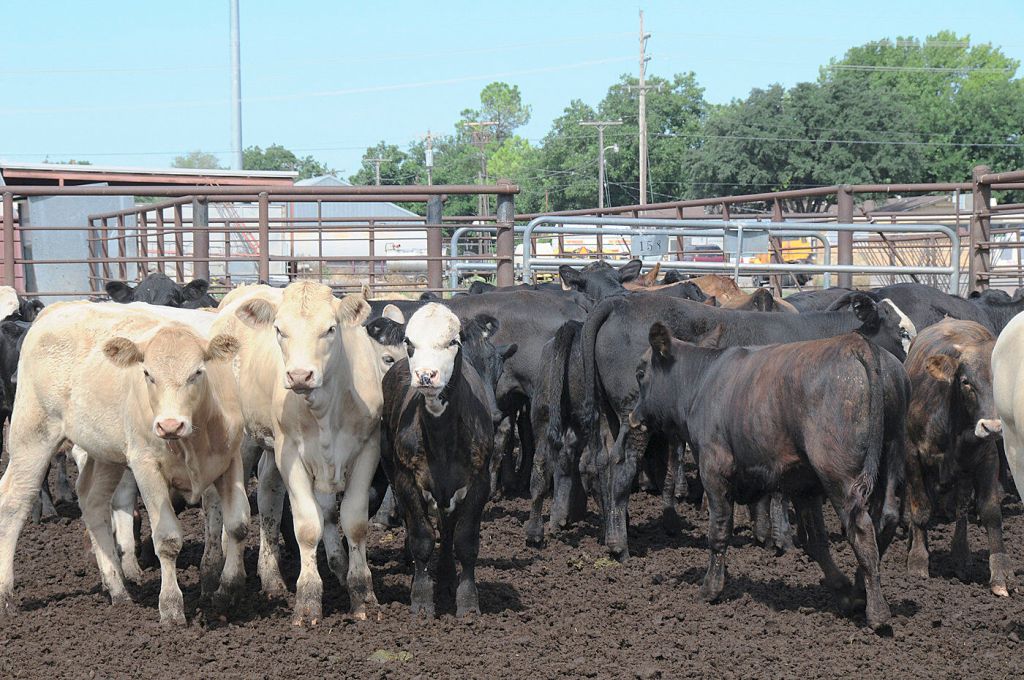U.S. cattle inventory holds steady
Published 6:45 am Thursday, July 30, 2020

- Beef cattle in a feedlot near Medicine Park, Oklahoma. The USDA reports its cattle inventory stands at 103 million head.
WASHINGTON — The USDA’s cattle inventory report was pretty much in line with what analysts expected — 103 million head of beef and dairy animals.
Trending
The count on July 1 was only slightly larger than a year earlier with an additional 100,000 head, according to the July 24 inventory report.
The beef cow herd is down about a quarter of a million head midyear, following the trend suggested in the Jan. 1 report, said Kevin Good, vice president of industry relations for CattleFax.
At 32.05 million, the beef cow count is 0.8% below a year earlier.
Trending
While beef cow replacements were even with a year ago — 4.4 million — they’re larger than expected. That’s encouraging, showing producers are holding onto heifers, he said.
The report also shows a smaller calf crop this year, down nearly 260,000 head and 0.7%.
Fewer calves could be supportive of calf prices this fall. Prices at online auctions have been on par to a little softer, he said.
The one thing of note in the report is the indication of more available feeder cattle outside feedlots. The higher number of steers and heifers over 500 pounds implies more yearling types will be available, he said.
At 15 million head, the number of steers over 500 pounds are 2% higher than a year ago. At 8 million, the number of heifers over 500 pounds are 1.3% higher.
“There are still heavier cattle to place,” he said.
USDA reported the total number of calves under 500 pounds and other heifers and steers over 500 pounds (outside feedlots) at 37.4 million, a 1% increase from a year earlier.
USDA’s cattle on feed report, also released on July 24, was likewise pretty benign, he said.
“It is what it is. There’s a good bit of cattle to work through, but we’re doing what we got to do,” he said.
The cattle on feed number is about even with a year ago, but it’s still a big number historically, he said.
At 11.48 million head, the number of cattle in feedlots with capacity of 1,000 head or more is down about 0.5% year over year. But it is the second largest July 1 count since USDA’s reporting series began in 1996.
That number accounts for 84.1% of the 13.6 million cattle on feed in all feedlots on July 1.
Placements into larger feedlots during June at nearly 1.8 million head were up 2.1% over June 2019.
Marketings of fed cattle during June at nearly 2 million head were 1.3% higher than a year ago.
That means packers are back processing, Good said.
The COVID-19 pandemic caused marketings to be significantly lower year over year in April and May as processing plants experienced shutdowns and slowdowns.
April marketings were down 24% year over year, and May marketings were down 28%. Both set record lows for those months since USDA’s reporting series began in 1996.









